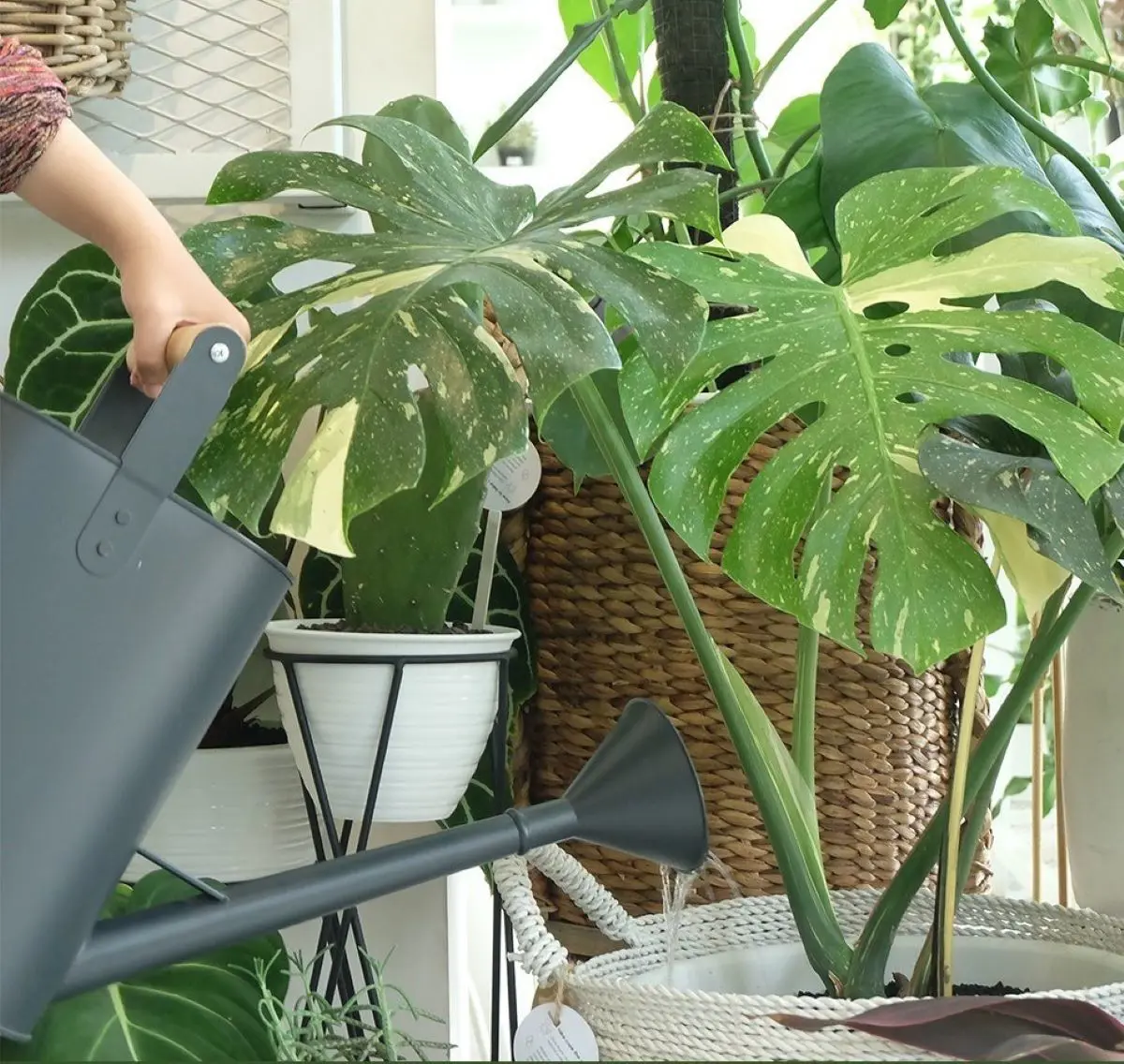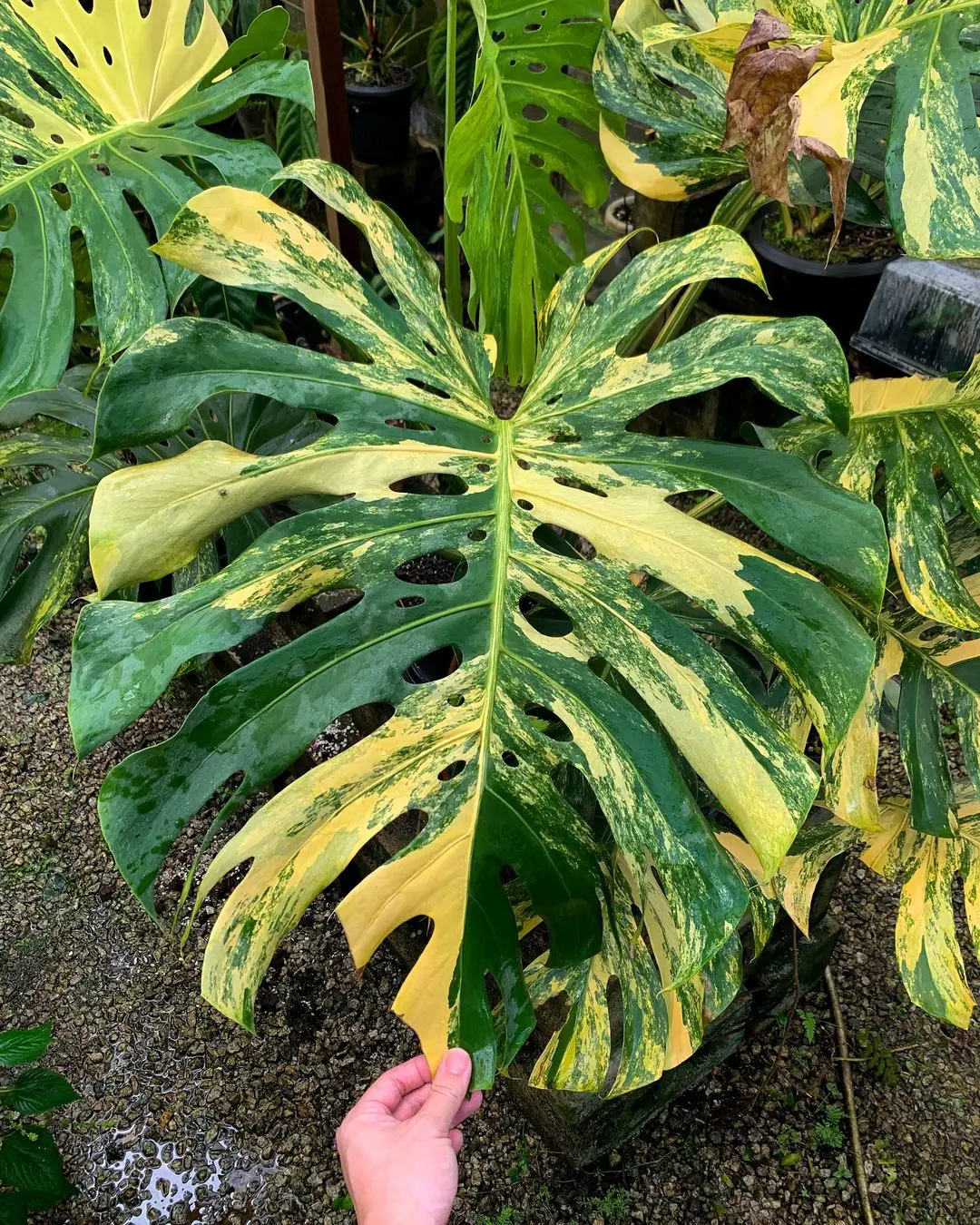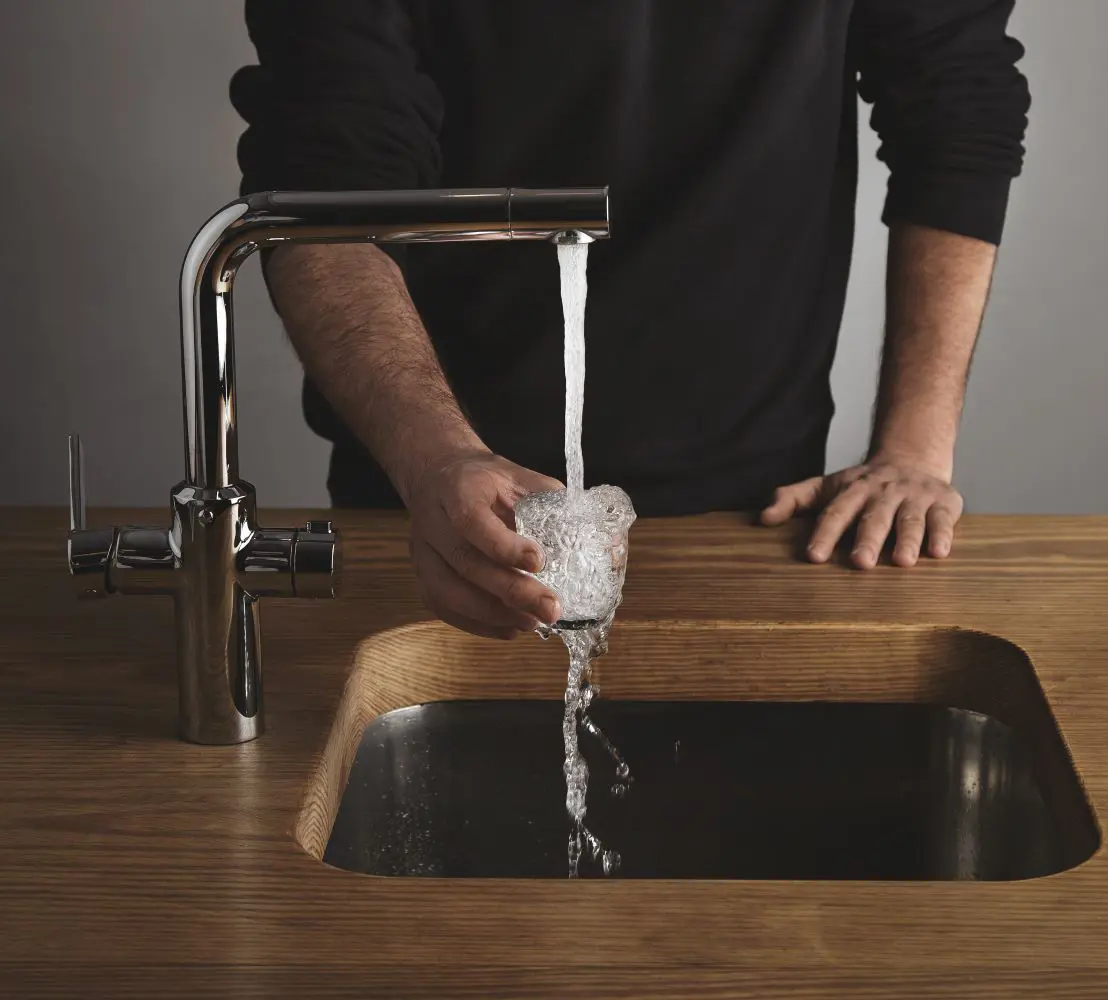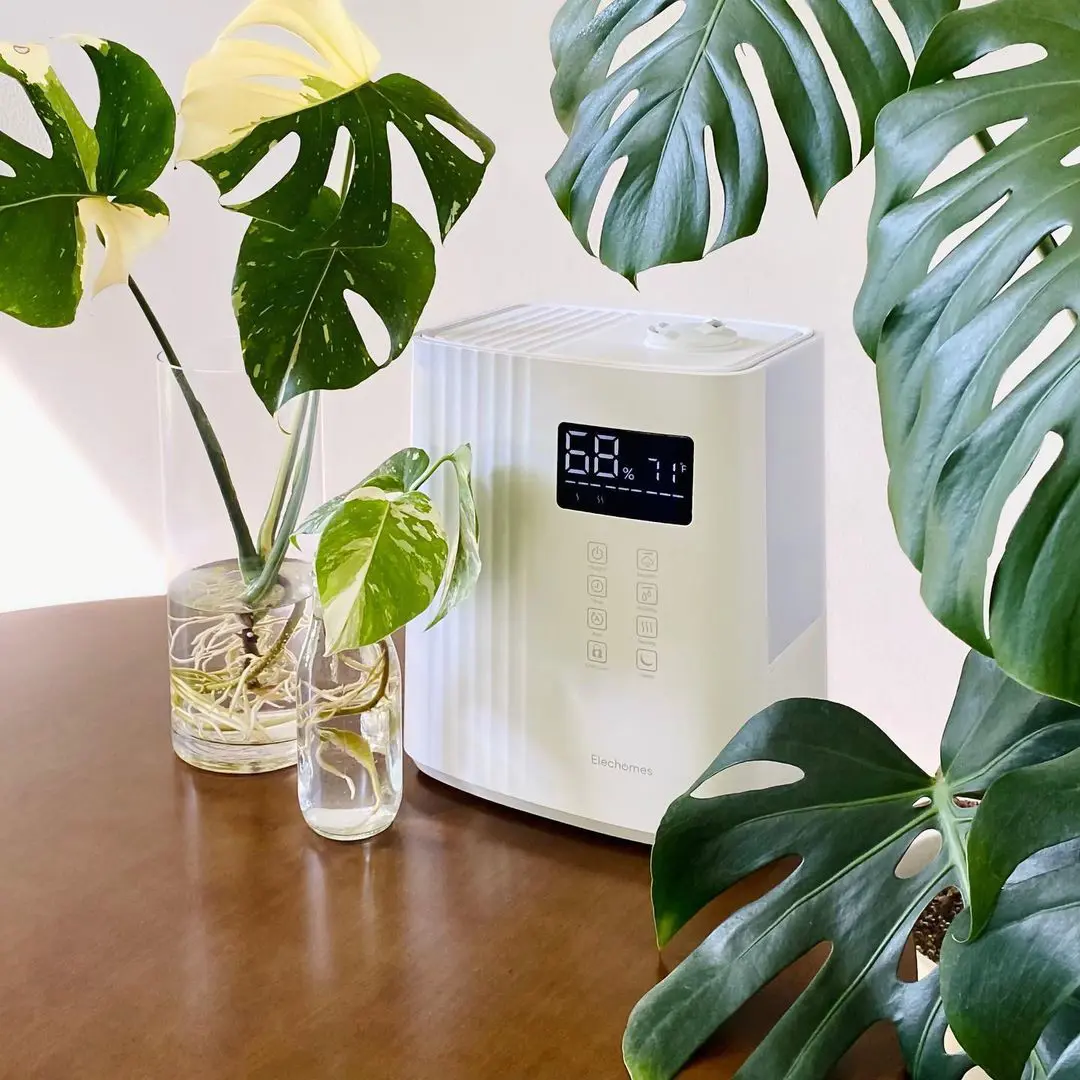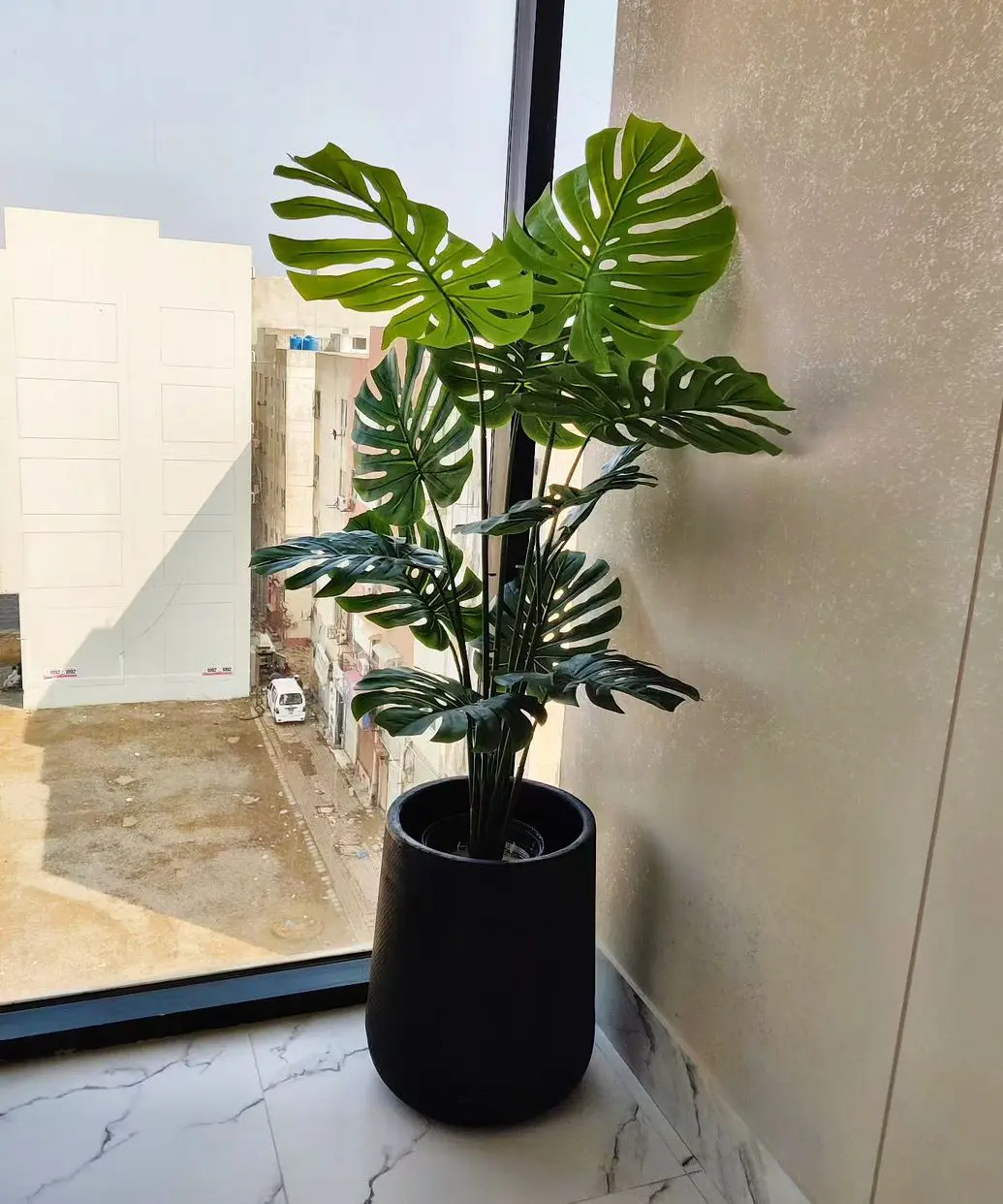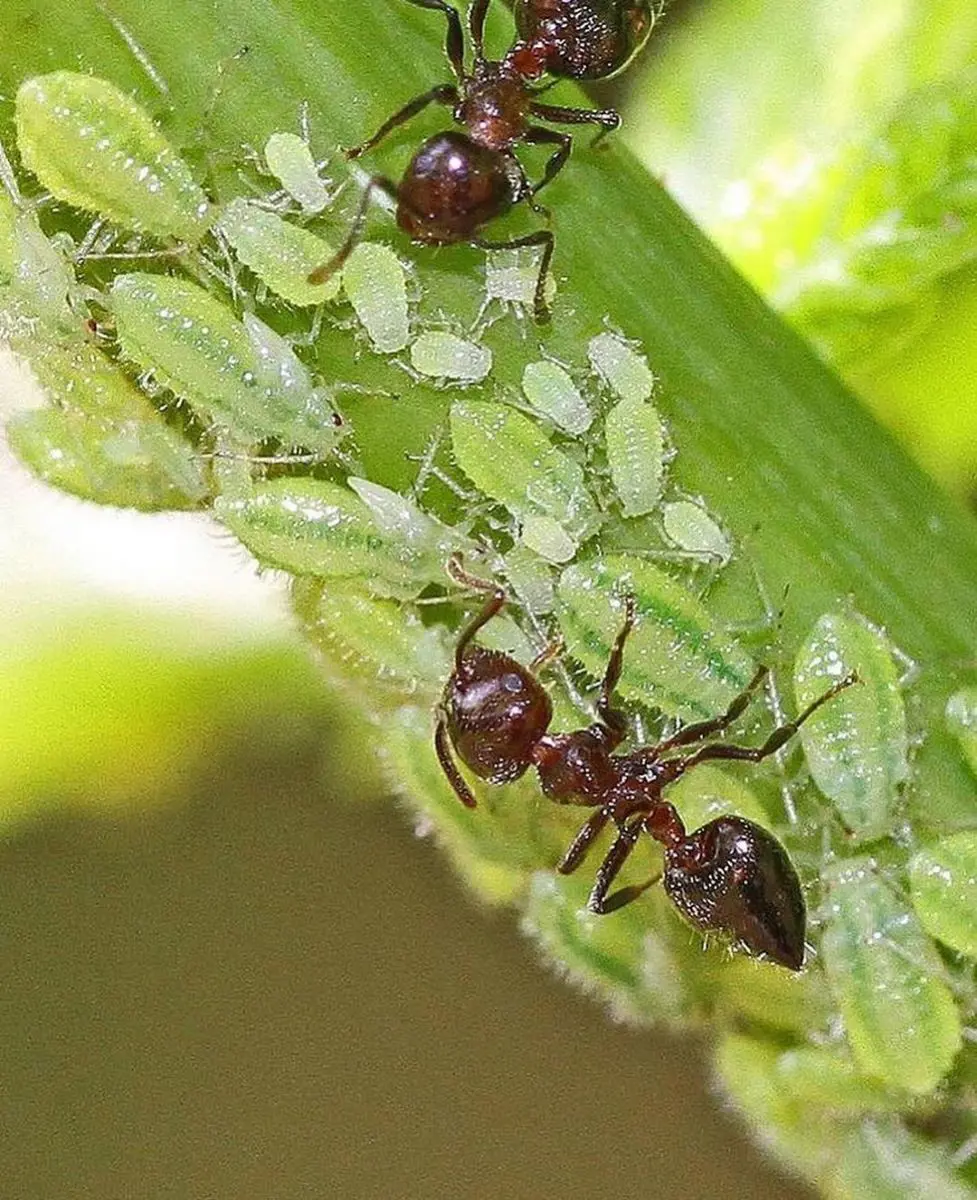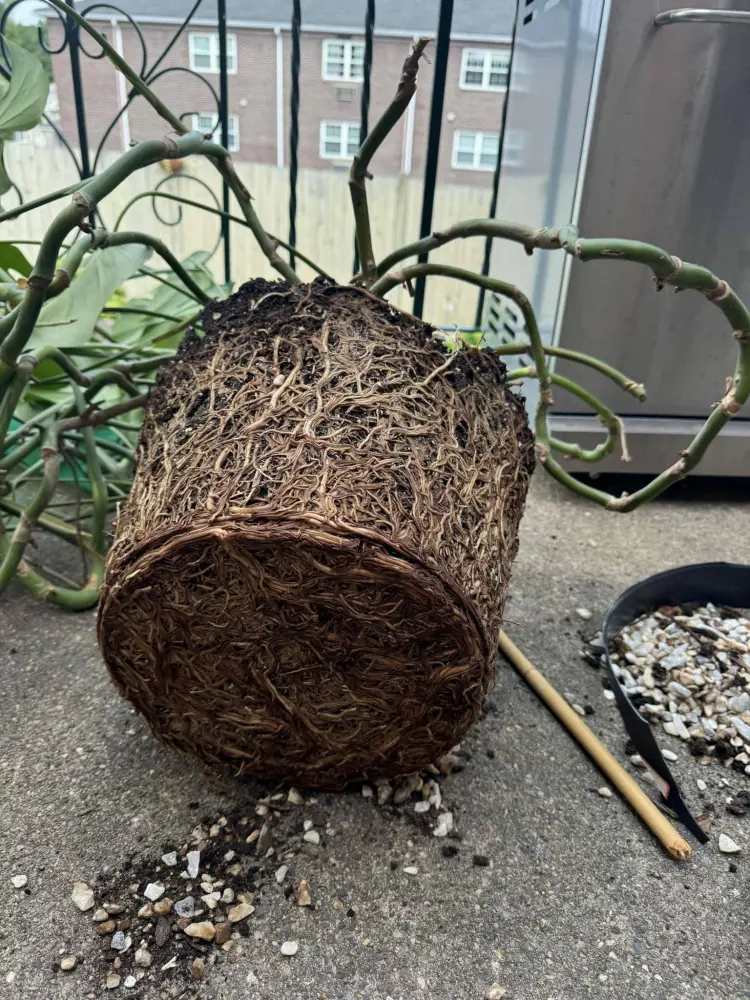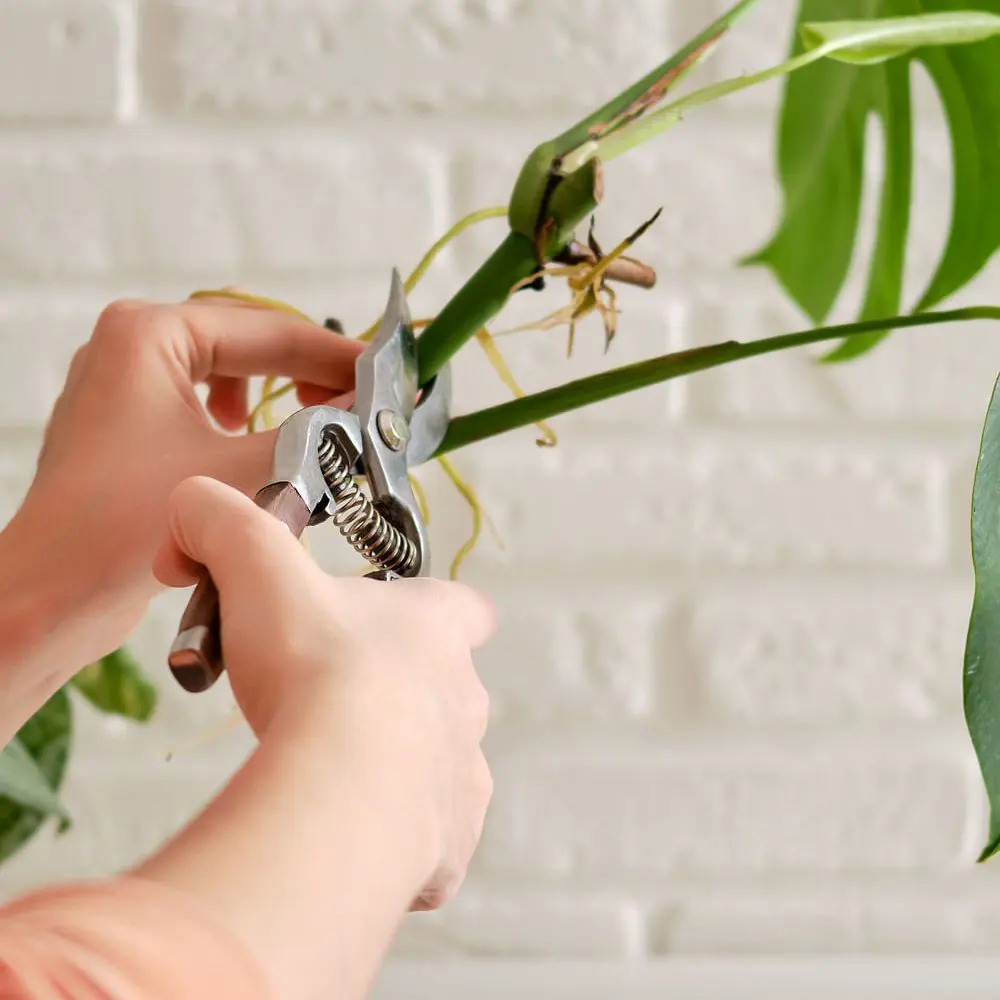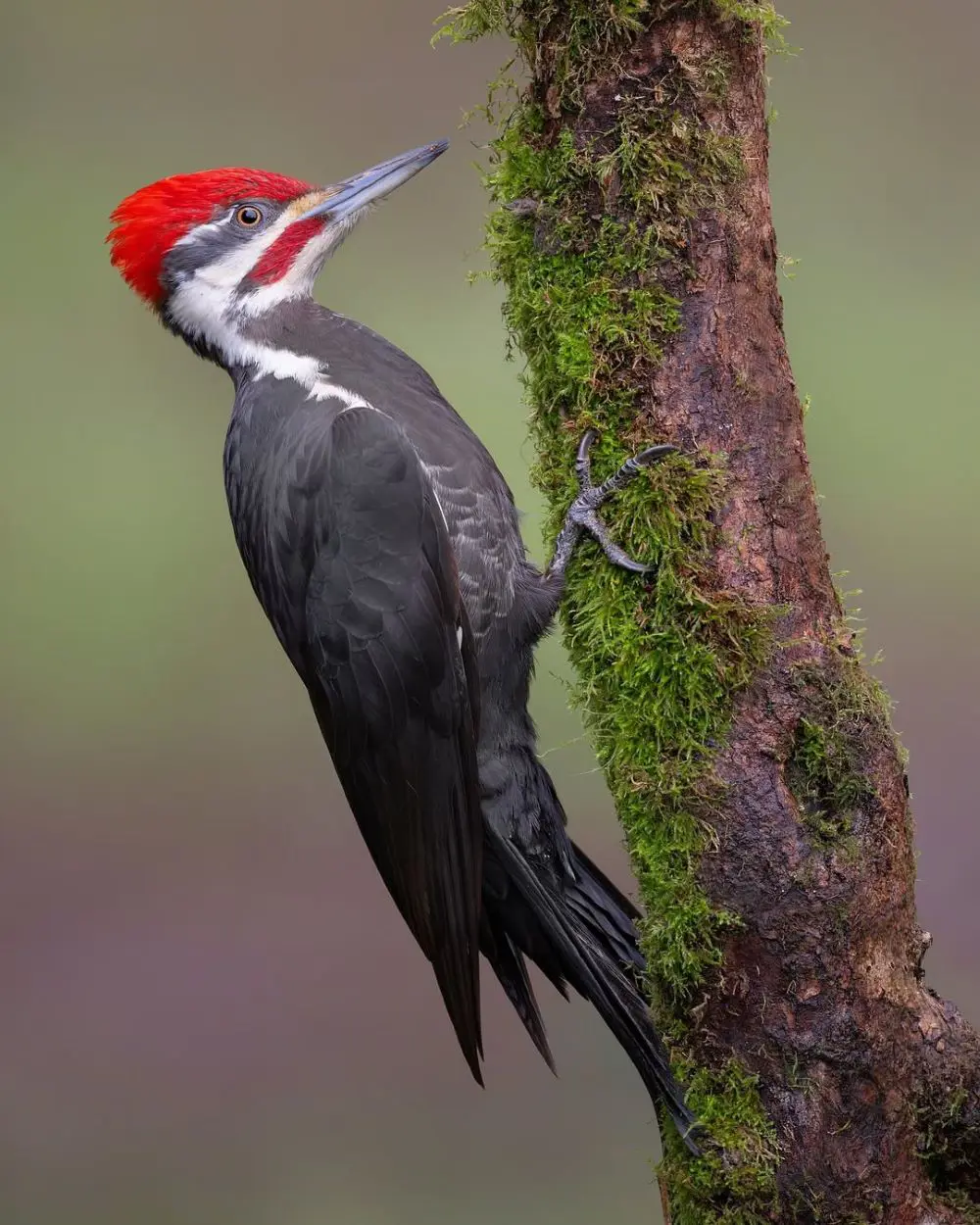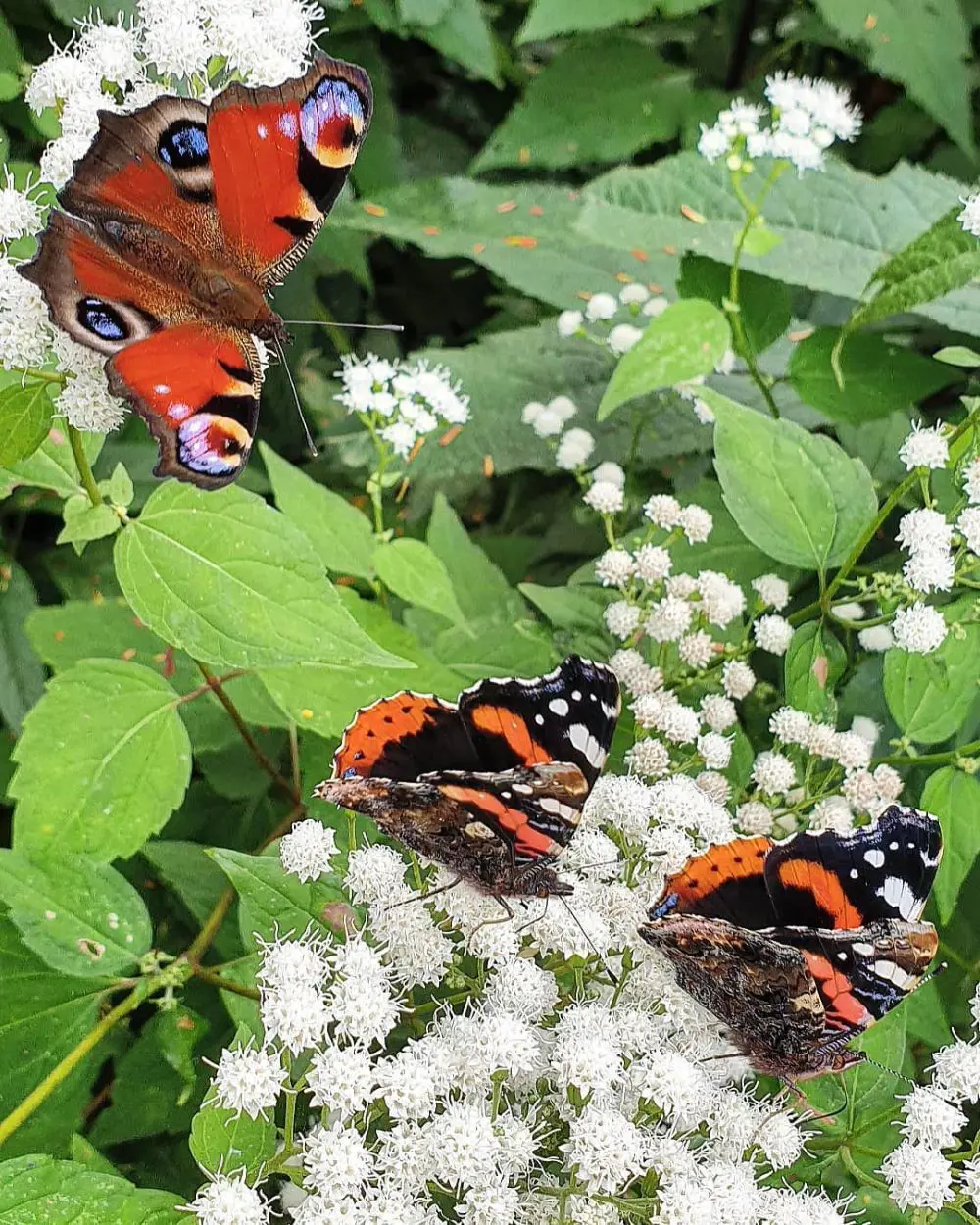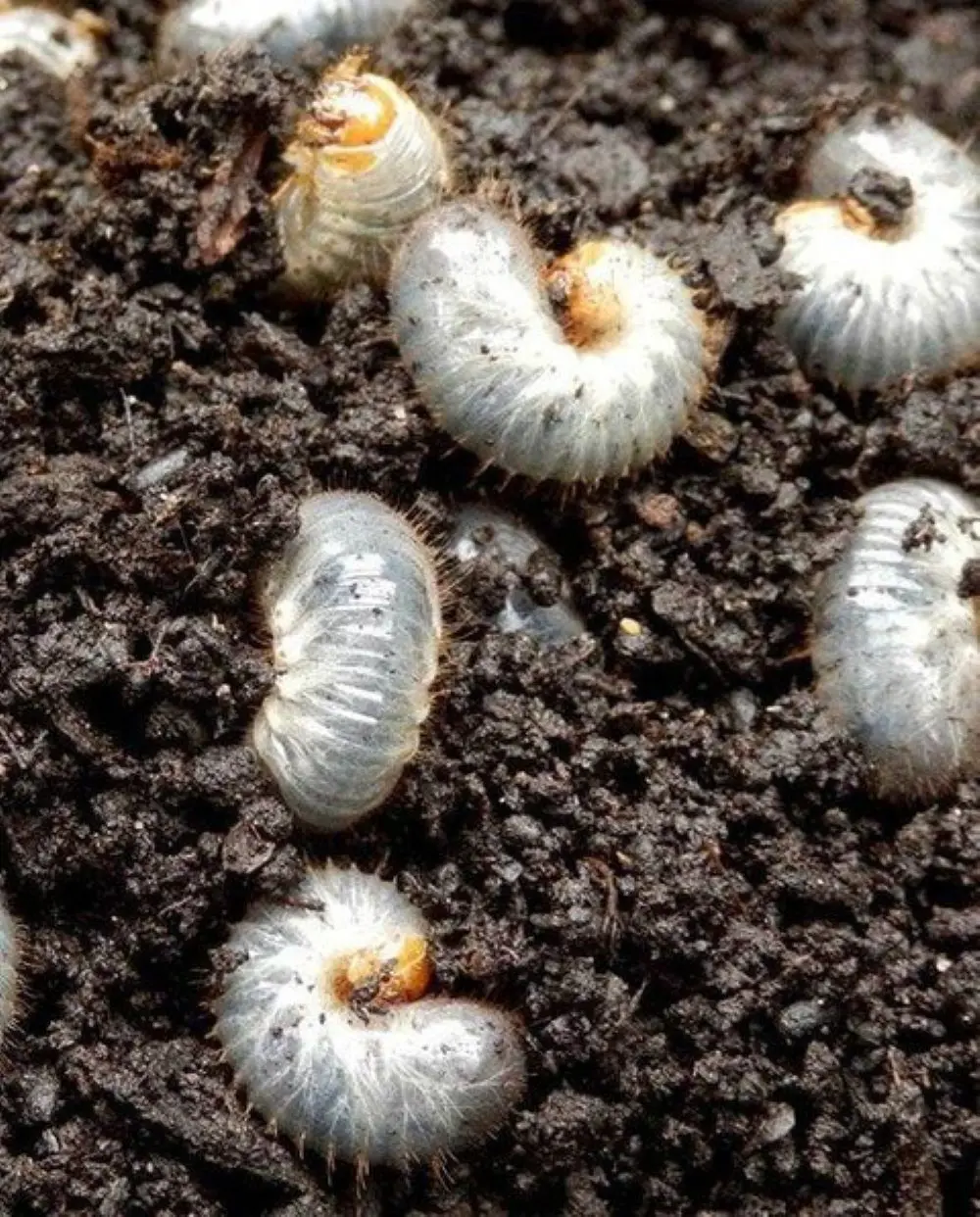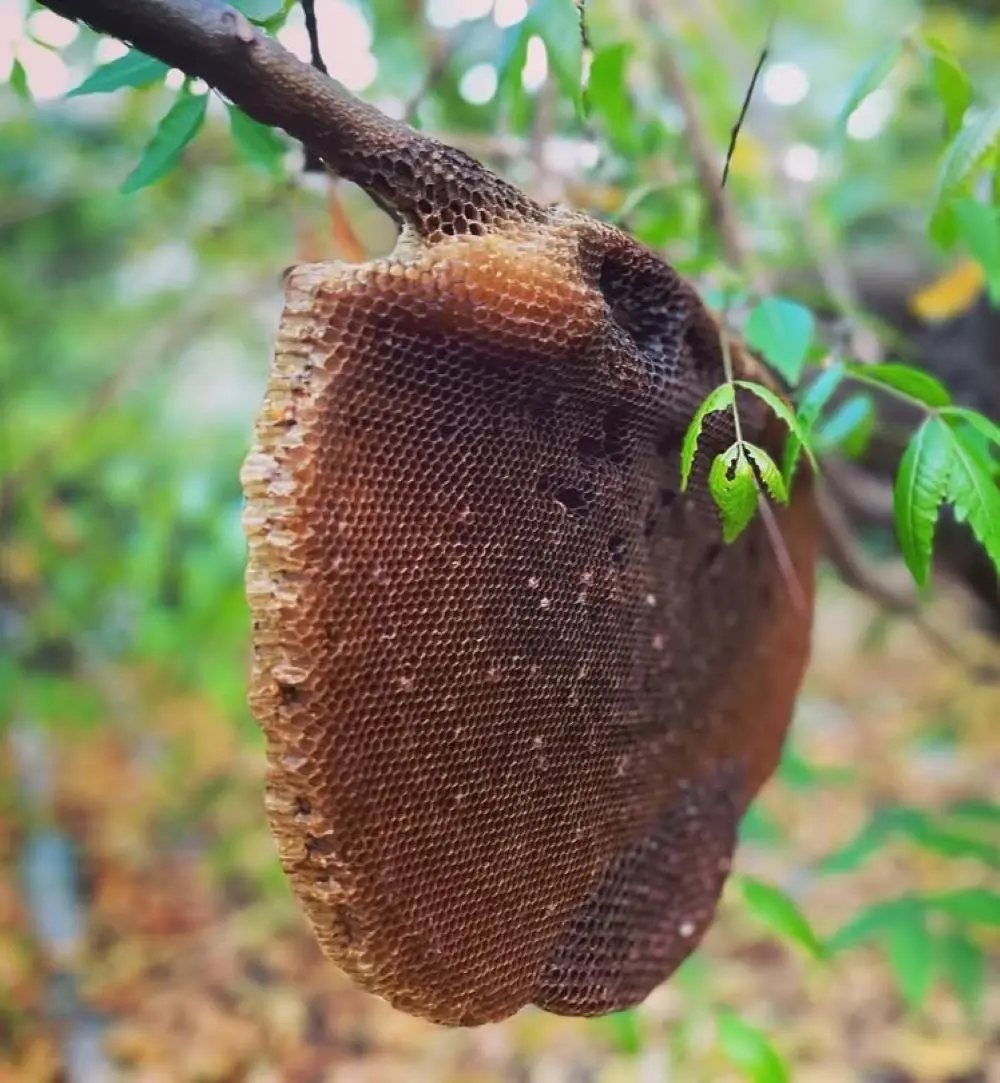1. Water According to Needs
To solve the issue of yellow leaves on Monstera, the first thing you should correct is your watering habits. You should water your plant according to its needs. This means that instead of using a fixed amount of water at the same frequency, you should water your monstera based on its needs.
This means that some days, especially during summer, you might need to water daily and increase the quantity. You can cut down this amount and frequency during winter and monsoon season. The best way to know your plant's water needs is to feel the soil. If it feels dry, go ahead and water it.
2. Let Tap Water Sit for 24-48 Hours
If your tap water is chemically treated, leave it out for a day or two and then water your plants. This allows some of the chemicals to evaporate. If not, you can purchase a dechlorination water filter that removes the chemical before you water your plant.
You can also use rainwater during monsoon seasons. Just leave buckets outside to catch the rainfall and use it to water your monstera and other plants. There are so many other water types for your plants if you want to use something else.
3. Increase Humidity with a Humidifier or Pebble Tray
For a hands-on approach, you can mist the leaves of your monstera regularly. But if this is time-consuming and inconvenient, use a humidifier or a moistened pebble tray. Place your plant near a humidifier or in the bathroom with natural humidity.
If not, place the plant filled with pebbles and water. The water will evaporate throughout the day and increase the humidity around your monstera. When the pebble tray is empty, top it up with water again to maintain a stable humidity level.
4. Maintain Ideal Temperature
To determine if temperature stress is indeed the cause of yellow leaves, look at the monstera’s location. Are there any sources of extreme heat or cold temperatures? Is it near a cold draft? Is it near a heater or too close to a south-facing window? If yes, move your plant to a location where the temperature is stable.
When you move it, avoid placing it near a window in winter, even though there might be sunlight during the day. Cold wind coming from the windows can damage the plants. If you have no other place to put the plants, just place them near a heater or a heat vent.
5. Place Plant Away From Direct Sunlight
Monstera thrives in bright, indirect sunlight. So, if you notice that your monstera is exposed to direct sunlight, move it to another appropriate place. As a general rule of thumb, an east-facing window is the best position for your plant.
A spot near a south- or west-facing window can work as long as the plant is away from direct sunlight. A north-facing window might not provide enough light. And if you are not able to provide enough light to keep your monstera happy, you can use a grow light.
6. Fertilize Correctly
If the cause of yellow leaves is a nutrient deficiency, you should fertilize your plant with a well-balanced, organic fertilizer like a 2-2-2 or one specially formulated for monstera. You may also consider worm casting or top-dressing your plant with fresh soil.
However, if the issue is overfertilization, rinse the excess fertilizer by watering your monstera until the water runs out of the pot's drainage hole and reduce the amount or frequency of fertilization.
7. Deal with the Pests
If your monstera is infested with pests, the best thing to do is to spray the plant down with a direct stream of water to remove them immediately. Wash the leaves with insecticidal soap or spray them with neem oil. Continue treating until there are no more signs of an infestation.
8. Repot Your Monstera
Although your monstera can handle being root-bound to a certain extent, it does not like being severely root-bound. Severe root boundness can affect its health and growth. You should repot your monstera to avoid negative impacts. If you do not know how to repot your monstera, it is similar to how you planted your monstera in the first place.
The only difference is that you need a bigger pot, and you need to loosen tightly wound roots with your fingers. And remember to use a well-draining potting mix rich in organic matter. A combination of peat moss, perlite, and orchid bark is ideal.
9. Trim Older Leaves and Clear Away Debris
If a leaf on your monstera is completely yellow from aging, prune it using a sterile cutting tool. The leaf will fall off on its own eventually, but trimming it will allow your plant to focus on producing new healthy growth instead of saving the old yellow leaf. Besides, once a leaf has turned yellow, it will not turn green again, even when you improve conditions.
Cut the leaves swiftly to avoid causing wounds that lead to infection. Cut above an existing leaf node to encourage growth below the cut, which leads to a fuller-looking plant.
